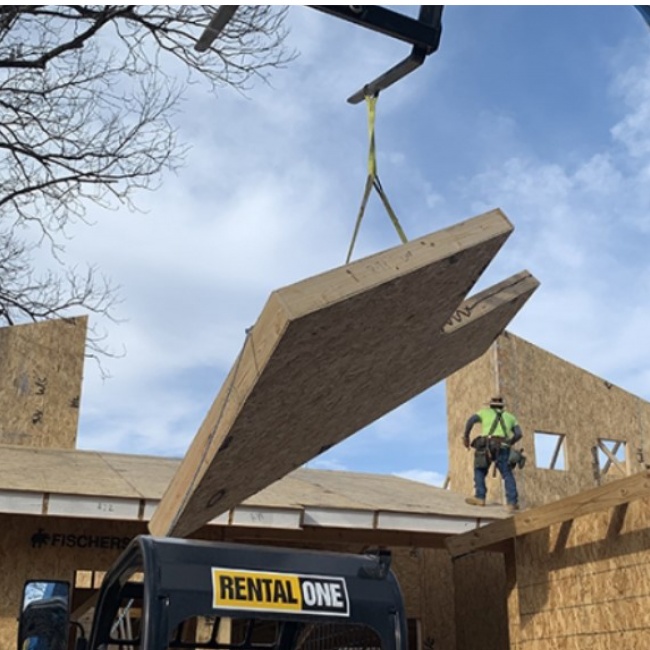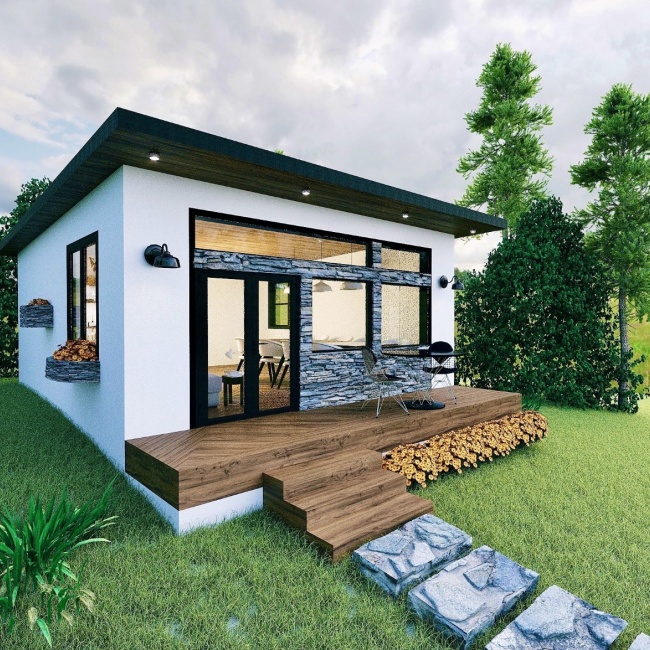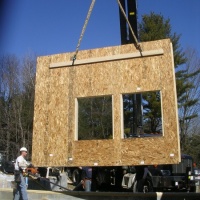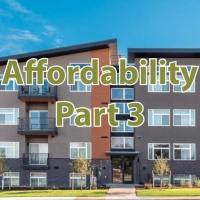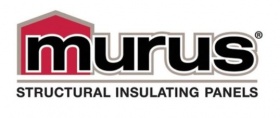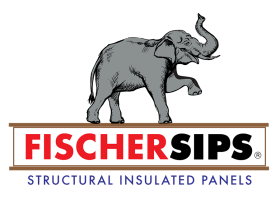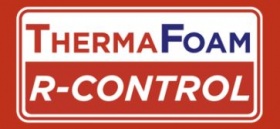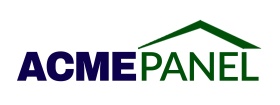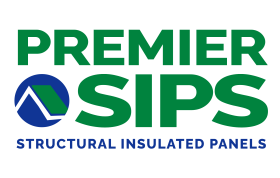GET STARTED WITH SIPs. Click Below.
What Are SIPs?
Structural insulated panels (SIPs) are a high-performance building system for residential and light commercial construction. SIPs are the preferred choice for builders who have a passion for their craft and want to leave a legacy with their quality work. The innovative panels consist of an insulating foam core sandwiched between two structural facings, typically oriented strand board (OSB). SIPs are precisely manufactured under factory controlled conditions and fit nearly any building design. The result is a building system to be proud of.
A Breeze to Install
SIPs are the simple way to build high-performance structures that meet or exceed building requirements and energy codes. SIP panels are the easiest method to reach standards for Air Infiltration, R-Values and Continuous Insulation while significantly reducing time and labor.
Better for All
Build healthier, energy-efficient resilient structures for clients who care about the environment. Structural Insulated Panels (SIPs) provide superior strength against wind, snow and natural disasters, and the tighter envelope means significantly less air leakage for a healthier, more efficient building.
Care for the Long Haul
As stewards of the future, our duty is to build comfortable, responsible spaces. SIPs give you the power to show just how much you care about your customers and the environment. Be a leader in best practices, and take pride in building your lasting legacy.


